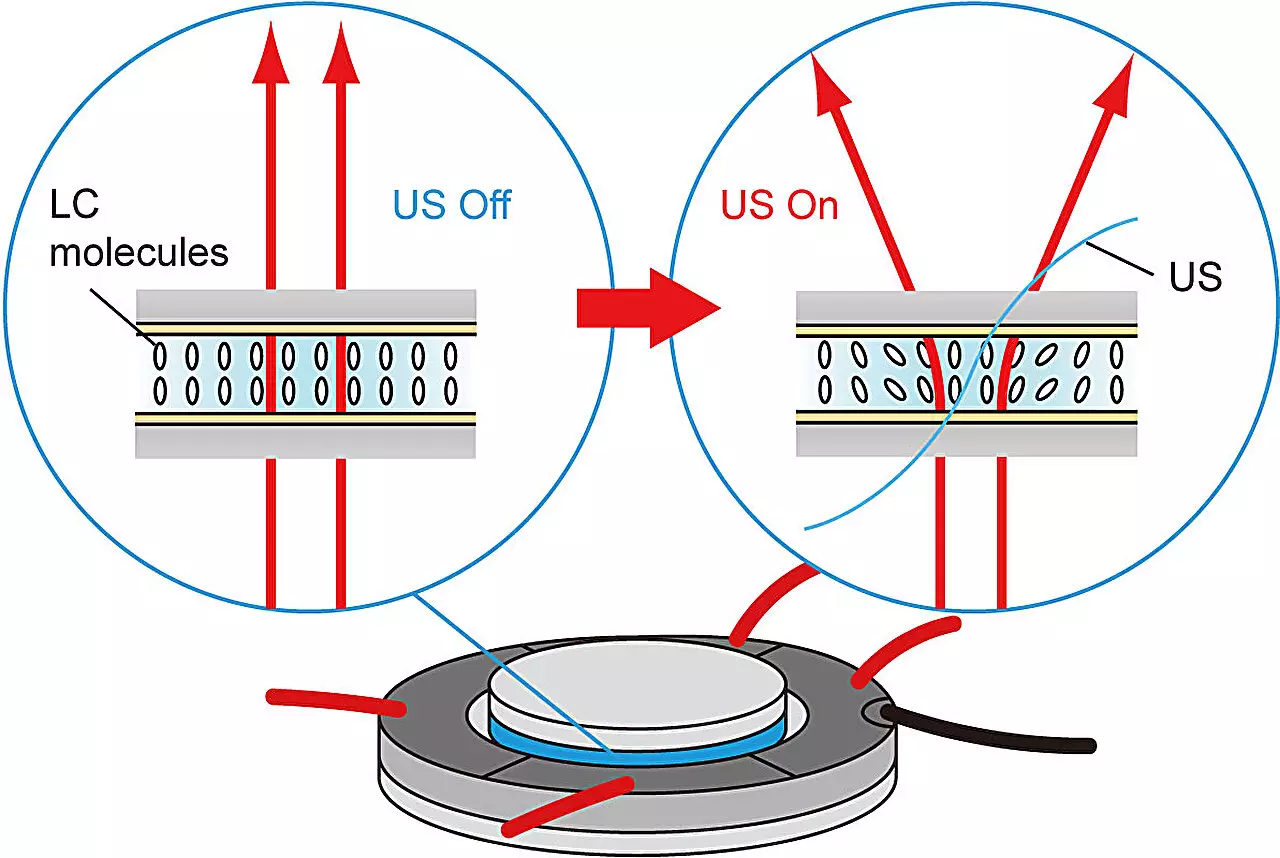Light has always been a crucial aspect of human life, dating back to the discovery of fire. The evolution of artificial light sources, such as incandescent lamps, gaslights, discharge lamps, and LEDs, has greatly impacted our ability to study, work effectively, and maintain our physical and mental health. Modern artificial light sources are carefully designed to consider these psychological elements and achieve optimal aesthetics.
Among all artificial light sources, LEDs have emerged as a game-changer due to their high efficiency and environmentally friendly nature. However, one drawback of LEDs is their smaller size compared to traditional light sources. This necessitates the use of diffusers to spread the light over a larger area. Conventional diffusers come with limitations, as their optical properties cannot be altered once fabricated, leading to challenges in controlling diffusion directivity post-installation.
In a groundbreaking study conducted by Professor Daisuke Koyama and his team at Doshisha University, a new tunable ultrasonic liquid crystal (LC) light diffuser was developed. This innovative diffuser operates based on non-coaxial resonant flexural vibration, which allows for precise control over molecular orientation and refractive-index distribution in the LC layer, thus enabling control over diffusion angle and direction.
The ultrasonic LC diffuser comprises a nematic LC layer sandwiched between two glass disks, along with an ultrasonic piezoelectric transducer. By applying a continuous reverse-phased sinusoidal signal to the transducer, ultrasonic vibration is generated on the glass disks. When the frequency of this vibration matches the resonant frequency of the LC light diffuser, non-coaxial resonant flexural or bending vibration modes are induced on the LC layer, resulting in changes in molecular orientation and transmitted light distribution.
One of the key benefits of this innovative diffuser is its thin and simple structure, requiring no mechanical moving parts. By adjusting the electrodes to which the input voltage is supplied, the researchers were able to rotate the direction of molecular orientation, thus controlling diffusion directivity without the need for mechanical adjustments. The diffusion angle was found to be maximized at 16 V input voltage amplitude, with stability concerns arising at higher voltage levels.
This study on the tunable ultrasonic LC light diffuser represents a significant advancement in lighting technology, offering a new way to control diffusion directivity in artificial lighting systems. The practical implications of this innovation extend to various fields where precise control over light distribution is essential, opening up new possibilities for enhancing the effectiveness and aesthetic appeal of artificial lighting.


Leave a Reply